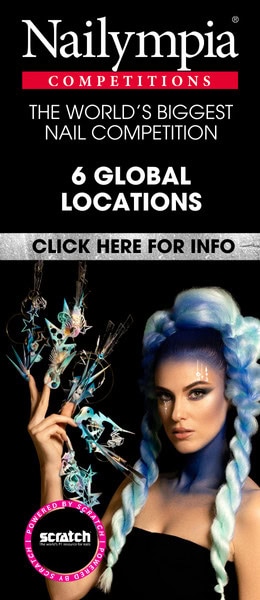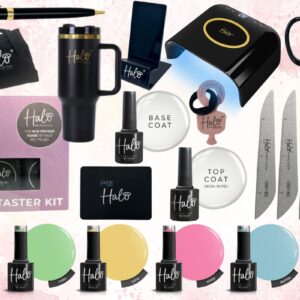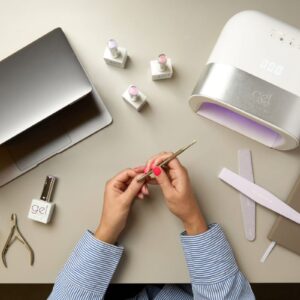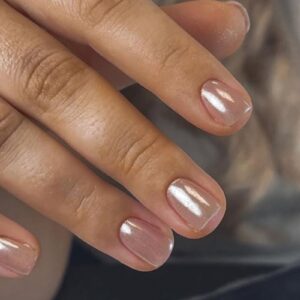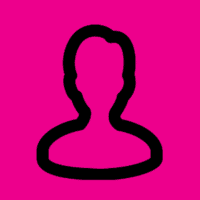
4 ways to be more gender inclusive in your nail & beauty business
By Guest Writer | 13 November 2023 | Business, Expert Advice, Feature
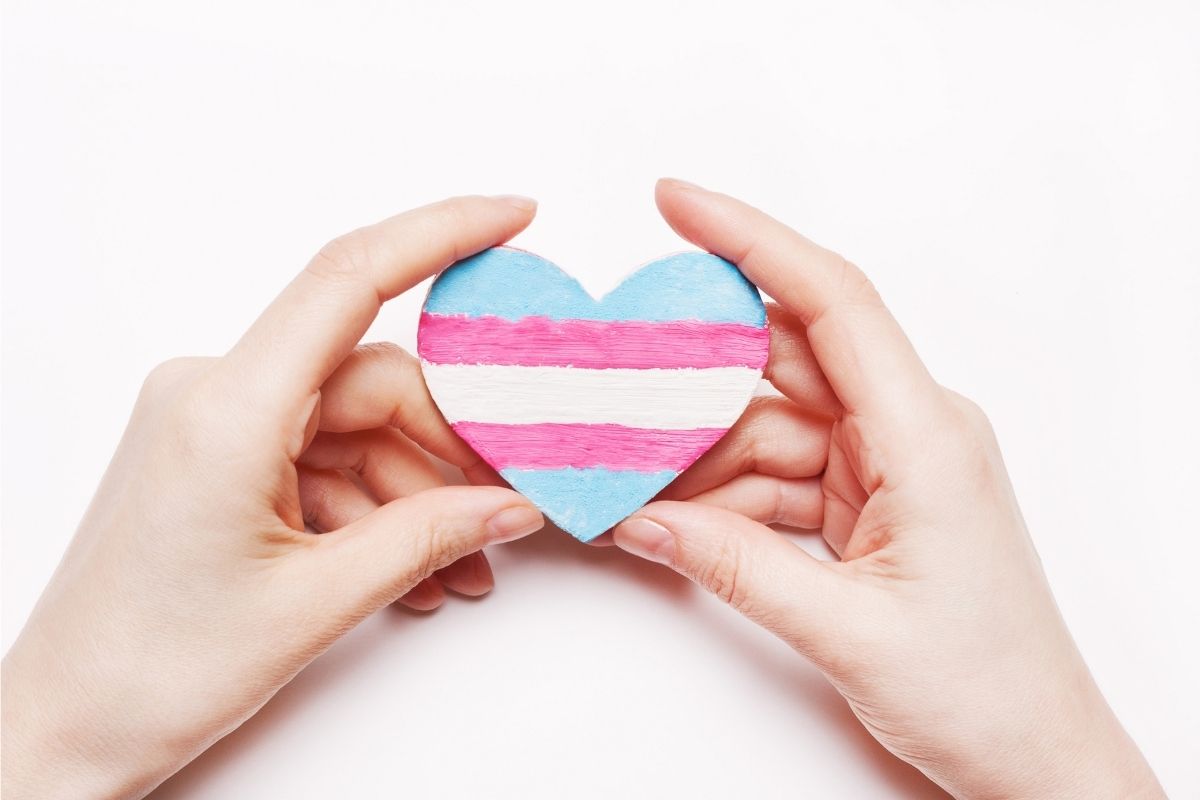
Salon owner, industry advisor & founder of Be Trans Aware inclusivity awareness education, Sam Marshall, serves up advice to ensure your business is inviting to all…
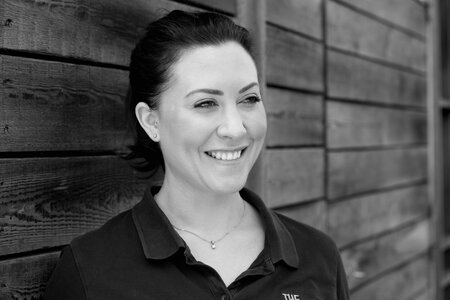 1. Get educated
1. Get educated
Anyone that wants to use our services should be able to, regardless of their gender identity. Unless you know about being trans or non-binary, it’s likely that you don’t feel confident treating someone who is gender diverse and may be concerned about offending them or saying the wrong thing. And that’s how we all start out. I made so many mistakes in the past when serving trans clients, but over the years, I have found myself asking the right questions, reading articles and blogs and watching videos until I now feel I’m able to share my knowledge with others.
A better understanding of all people’s perspectives and experiences helps eradicate discrimination and builds tolerance.
If you are fortunate to have some trans clients, they are a great source of information, but it isn’t their job to educate us. Although many are happy to help, it is far more likely they would rather be talking about the weather or where they went at the weekend.
2. Know the terminology
It can feel like a minefield when it comes to gender, particularly if you have never questioned your own. But know this: there are plenty of people that have, and they don’t always feel comfortable in salon environments. Language always evolves and it is our duty to understand and respect terminology our clients may use. Here are basic terms that will help you navigate the world of gender non-conformity:
- Gender identity – A personal sense of one’s own gender. This can match their sex assigned at birth or differ from it.
- Trans – An umbrella term whereby someone’s gender identity differs from that they were assigned at birth.
- Cisgender – When your gender identity matches the gender you were assigned at birth.
- Non-binary – Not identifying with either male or female genders.
- Trans man – A man assigned female at birth, who has the opposite gender identity.
- Trans woman – A woman assigned male at birth, who has the opposite gender identity.
3. Diversify your marketing
When you look across your branding, salon appearance, website, social media and other marketing materials, what do they appear like? You may think ‘hey, we welcome everyone,’ when in reality you may be sending out messages that exclude certain people. By not using a range of representative images in your marketing, you are potentially deterring clients who may be looking for a welcoming space. When was the last time you showed a manicure on a cis-gender male or a trans woman? How about a person of colour? Or someone disabled?
By adding a variety of images, you are rolling out the welcome mat for those people to book an appointment.
Another angle to consider is that some trans people hide their gender identity. Saying ‘we are trans aware’ on your website and socials enables everyone to feel that they can be their true selves.
4. Consider your treatment menu terminology
Do you deter non-binary/trans clients from being able to select a service, because they have to choose a gendered service when they book with you? This can be really tricky for those who don’t identify as male or female. If you still need to use some gender specific names to attract certain clients i.e. men’s waxing, that’s ok – but if this isn’t necessary, remove the gender. For example, if you offer a men’s manicure or pedicure, replace the gender with ‘no polish’ or use phrasing such as ‘bare manicure’, ‘gym manicure’ or ‘detox pedicure’.
Also, if you require titles for booking or consultation forms, consider adding Mx as a gender-neutral option (as opposed to Mr, Mrs, Ms etc).
Sam has provided insight for the Diversity & Inclusivity Best Practice Guide, available to British Association of Beauty Therapy & Cosmetology (BABTAC) members. It covers understanding gender identity terms, phrases to avoid, the importance of pronouns and more. For information on joining BABTAC, visit www.babtac.com or phone 01452 623 110.
 Lesley Blair MBE, CEO & chair of BABTAC & the Confederation of International Beauty Therapy & Cosmetology (CIBTAC), comments: “Beauty plays a key part in many transgender people’s lives, and it’s essential that industry professionals are sensitive not only to their feelings, but to the physical changes they’re going through, too. The treatment room is an intimate space where everyone should feel comfortable and at ease, and we need to take that responsibility seriously, even more so when treating those who need respect and acceptance as they transition.
Lesley Blair MBE, CEO & chair of BABTAC & the Confederation of International Beauty Therapy & Cosmetology (CIBTAC), comments: “Beauty plays a key part in many transgender people’s lives, and it’s essential that industry professionals are sensitive not only to their feelings, but to the physical changes they’re going through, too. The treatment room is an intimate space where everyone should feel comfortable and at ease, and we need to take that responsibility seriously, even more so when treating those who need respect and acceptance as they transition.
“Intolerance or ignorance should have no place in our salons, so making sure we’re always reflecting and improving our businesses to be more inclusive is key to holding us accountable.”

Read the latest issue



